How does the therapist to address desensitization?
In the process EMDR, the therapist works with the patient to identify a specific problem that will be the focus of treatment. The patient describes the traumatic incident, from which is helped by the therapist to select the most important aspects and that the distress of the incident more. While the patient makes eye movement (or any other bilateral stimulation) will come to mind other parts of the traumatic memory or other memories. The therapist interrupted eye movements every so often to make sure the patient is adequately processed. (Here comes in one of the improvements proposed in this project and described below (EEG biofeedback)
Bilateral stimulation can be:
a) Visual: the patient moves eyes side to side guided by the therapist
b) Hearing: the patient hears sounds alternately in both ears
c) Kinesthetic: the therapist gently taps and alternately on the hands or shoulders of the patient.
This facilitates the connection between the two cerebral hemispheres obtaining the information processing and decreased emotional burden.
Children approaching the beach in Indonesia after being treated with EMDR therapy after the Indian Ocean
Usage and Description of construction.
With a linear array of LEDs driven by the popular HCT4094 shift register, (plus a buffer driver ULN 2803) controlled by a Microchip microcontroller SPI you can get that light up sequentially (by program) from left to right and then from right to left.
This causes the patient to follow the luminous trail with eye movement to obtain bilateral visual stimulation.
With a stereo headset you can get the bilateral auditory stimulation if a channel every time it rings alternately.
With two boxes containing inside a motor buzzer (those used in Smartphone) can make alternately activated for bilateral tactile stimulation.
Finally to get to know the degree of compliance of the patient in applying the technique of the session can measure the response in the occipital region of the brain by EEG probe in the somatosensory brain for bilateral tactile stimulation area, and in the temporal lobes for bilateral auditory stimulation.
Background and Description of functionality:
My sister Regina Sandoval is Psychotherapist and she use EMDR technique in your sessions with their patients.
Because I am an engineer of electronic product development, she asked me in January 2015 to explore the possibility to design and manufacture a like existing commercial equipment that would allow you to use this technique in clinical electronic equipment.
I set to work first studying the state of the art and the ability to innovate in the realization of this device.
Initially the following requirements and functions described below for further design and manufacture is described.
The following paragraphs describe the functionality and specifications that should have the device and have served as a guide to design and manufacture the prototype, covering aspects of HW (envelope and electronics) and SW (functionality and code that implements it)
The project is to design a single controller on RGB LEDs 24 arranged in a horizontal line. In total there will therefore: 72 LEDs (24 red, 24 green and 24 blue) to be controlled by the SW + HW.
Funcionality description of EBC Device
Operating Modes of the visual stimulator.
Being arranged in a line of 24 four-color light spots (Red, Green, Blue and White as the sum of the three) can achieve the following modes:
- Operating mode 1:
They light up one by one from left to right speed constant. From the first to the last, and once it was on the last will turn in the opposite direction (from right to left) at the same speed
- Operating mode 2:
Light up just as in the previous case but a brief pause in the LEDs first and last. This pause will be fixed for each speed.
- Operating mode 3:
They will turn on only the first 2 of the left, then the two on the right, repeat the 2 on the left and so on.
To select any of the 3 modes be...
Read more » David J. Sandoval
David J. Sandoval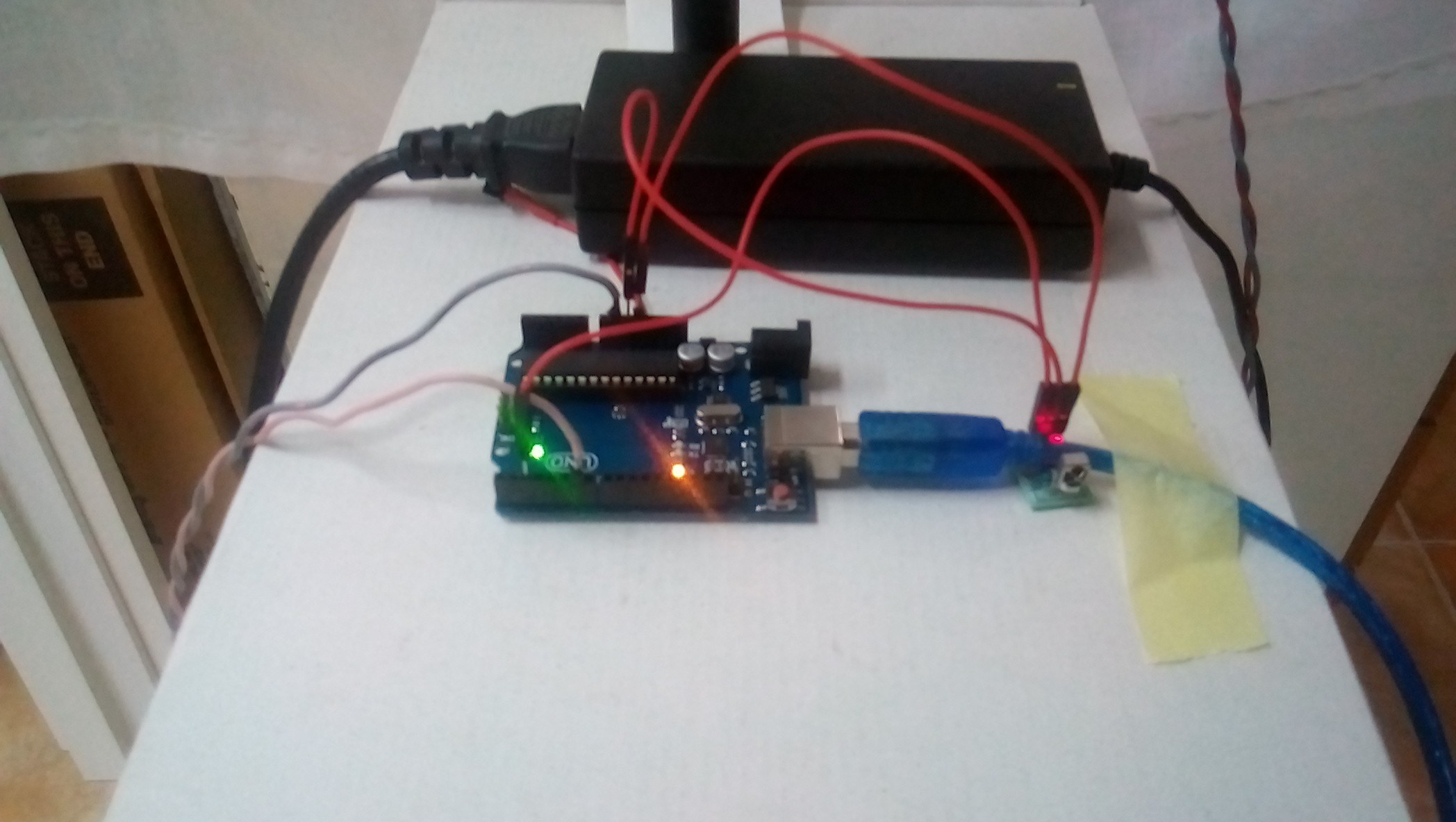
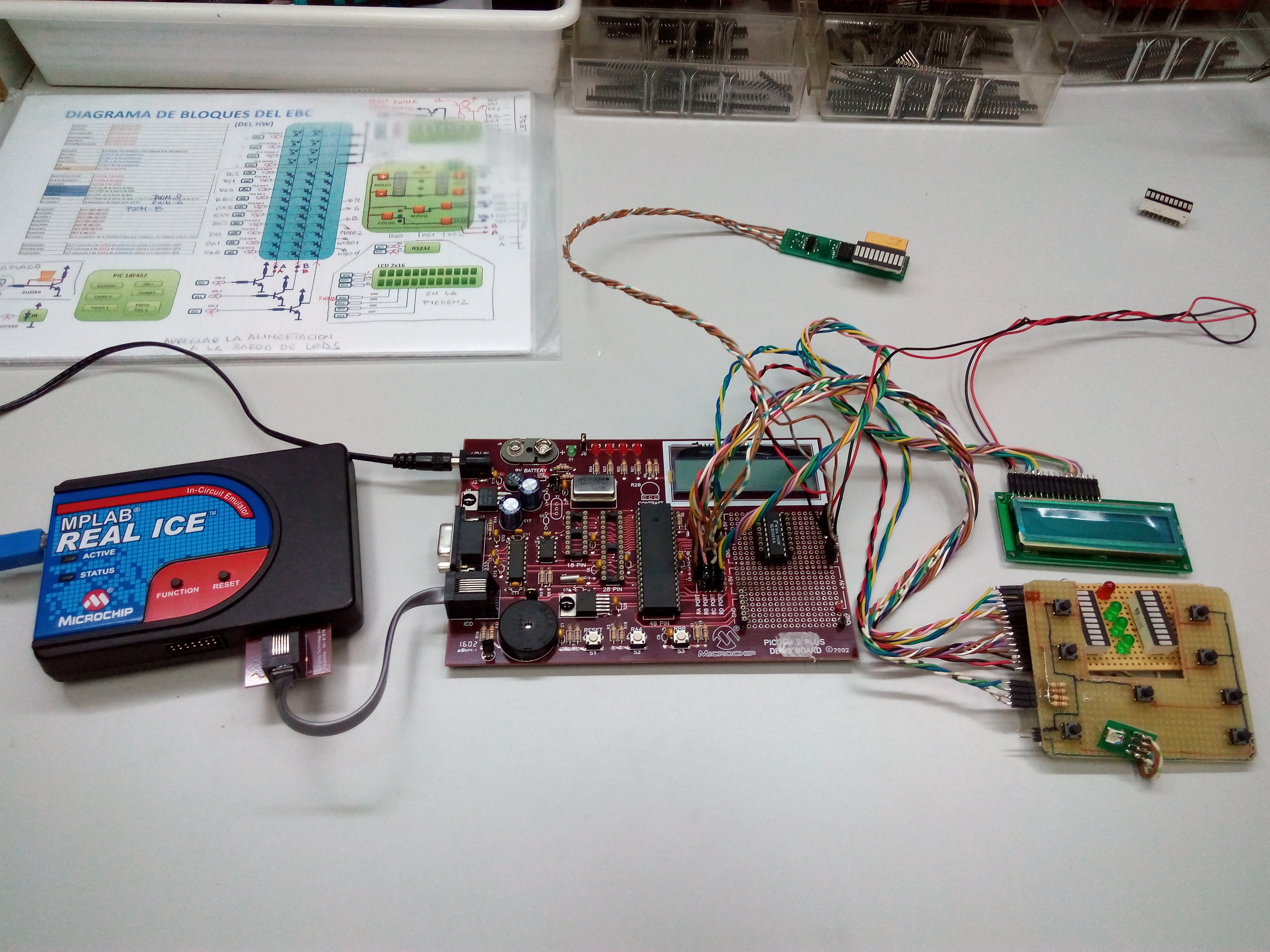
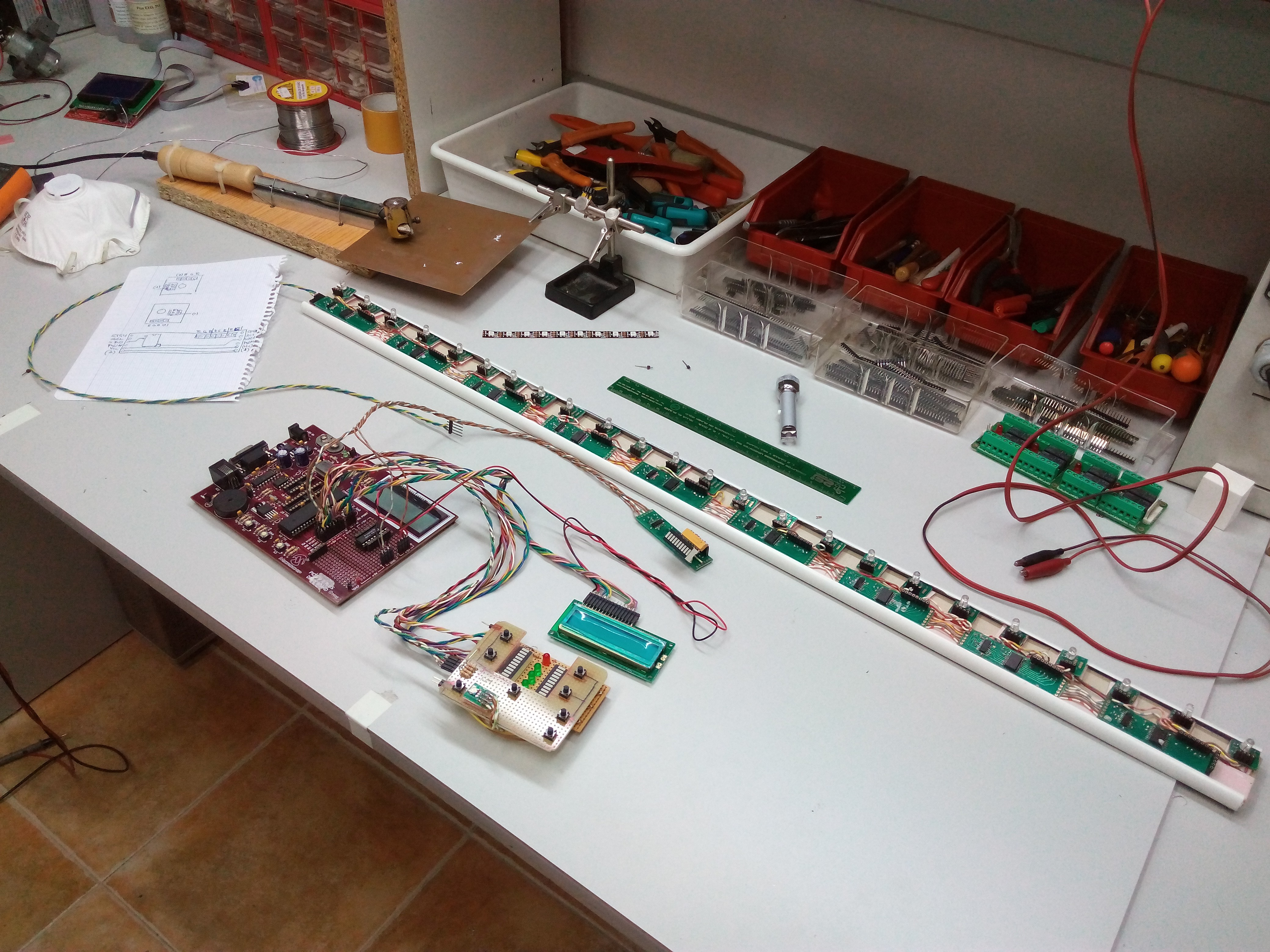
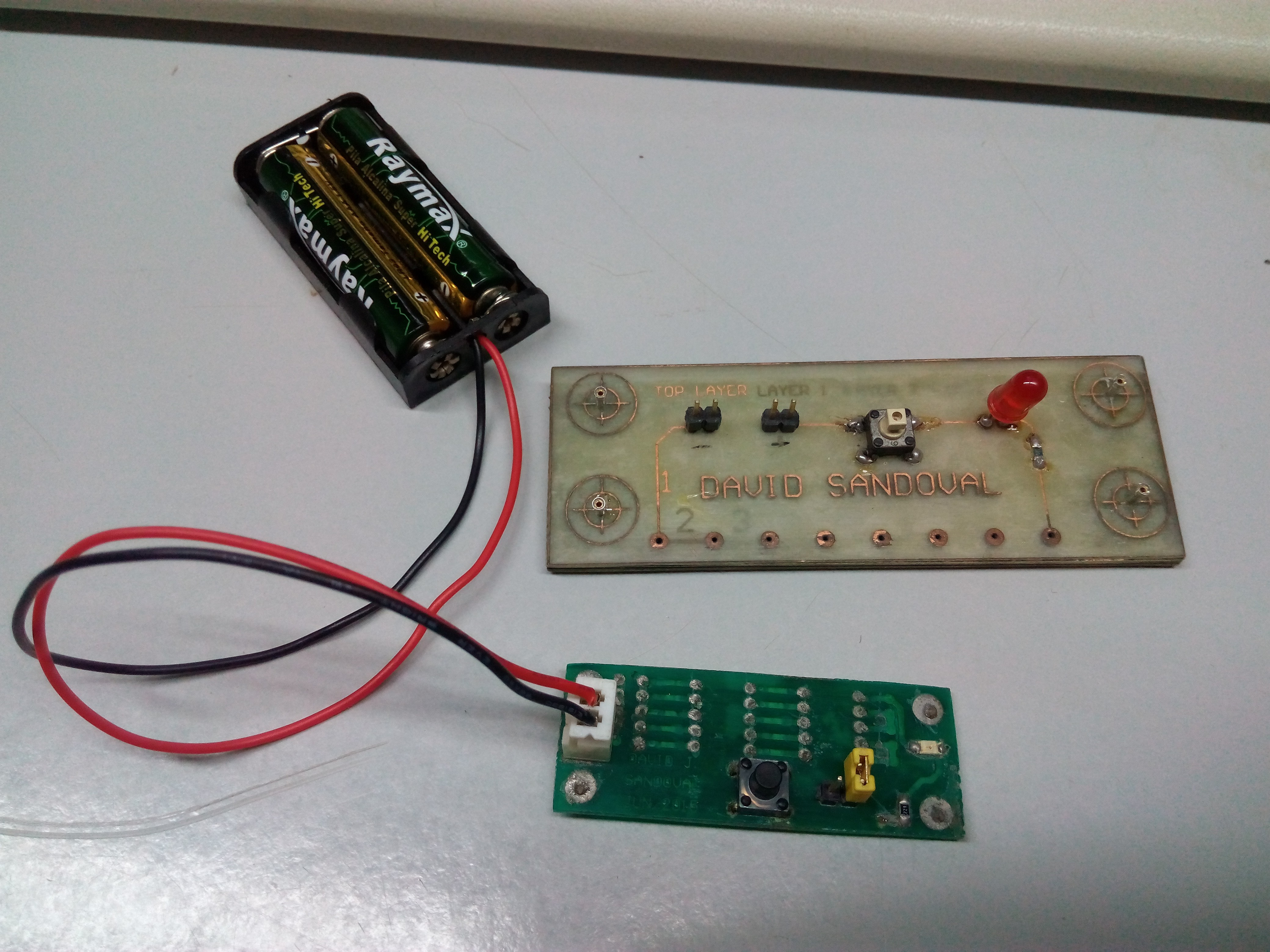
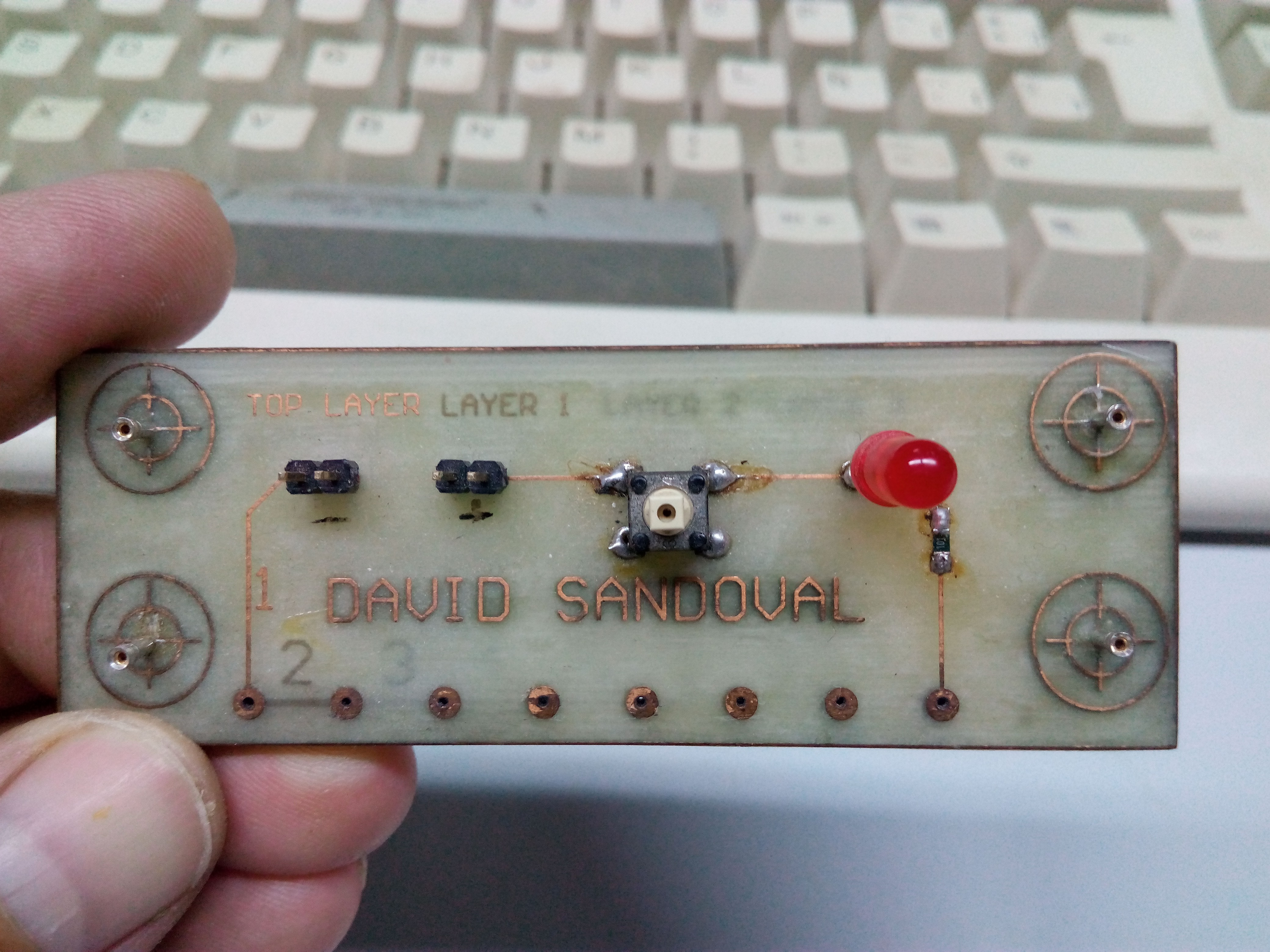
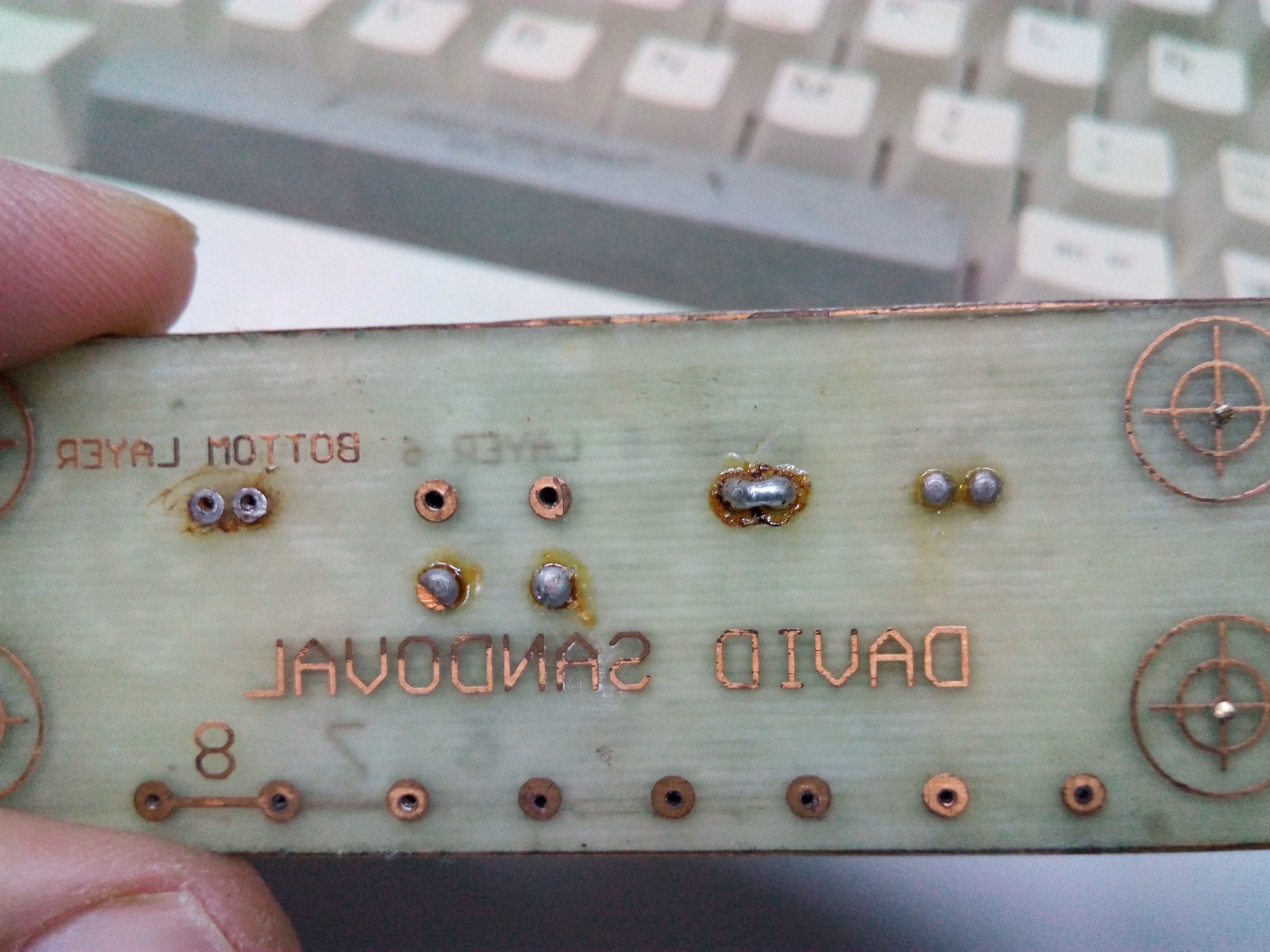
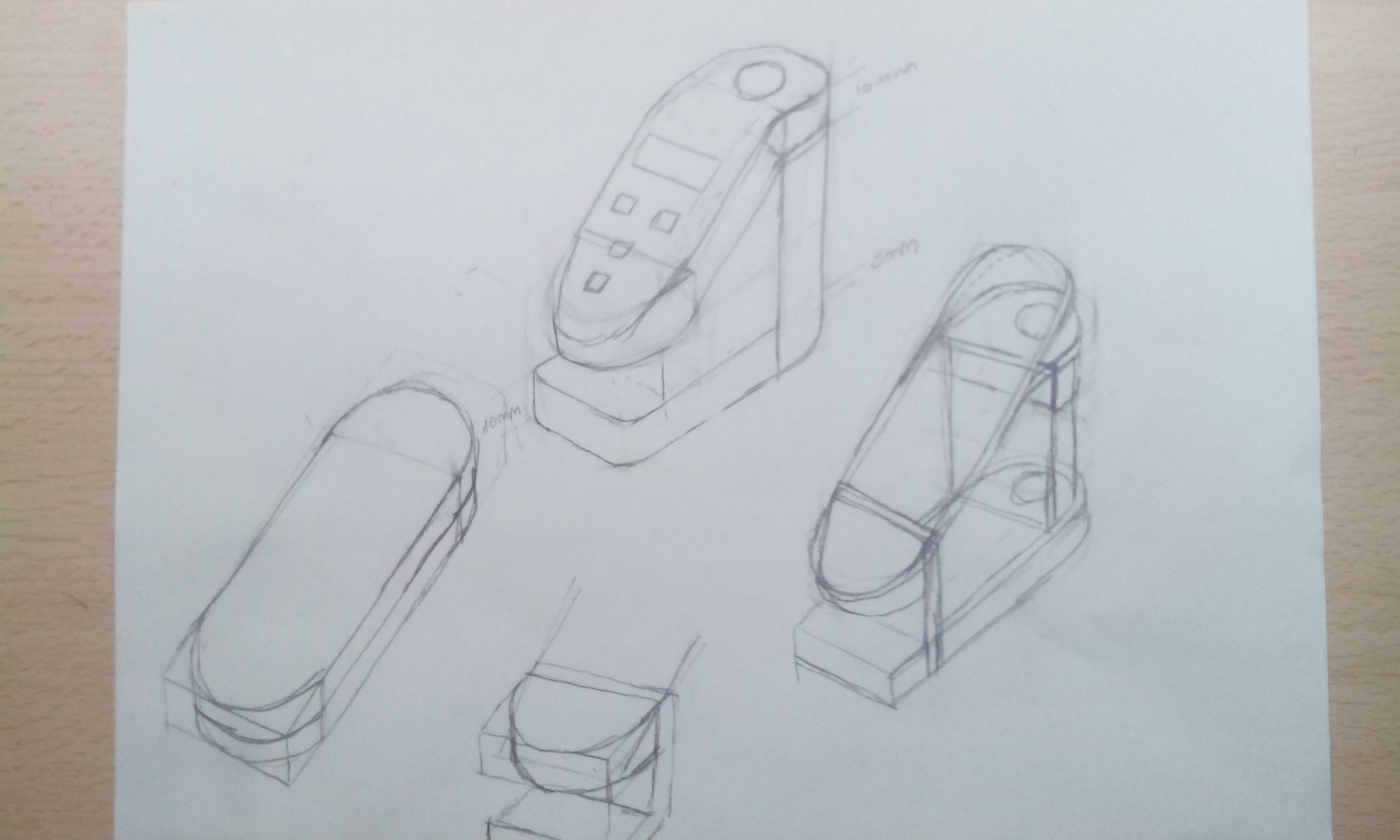
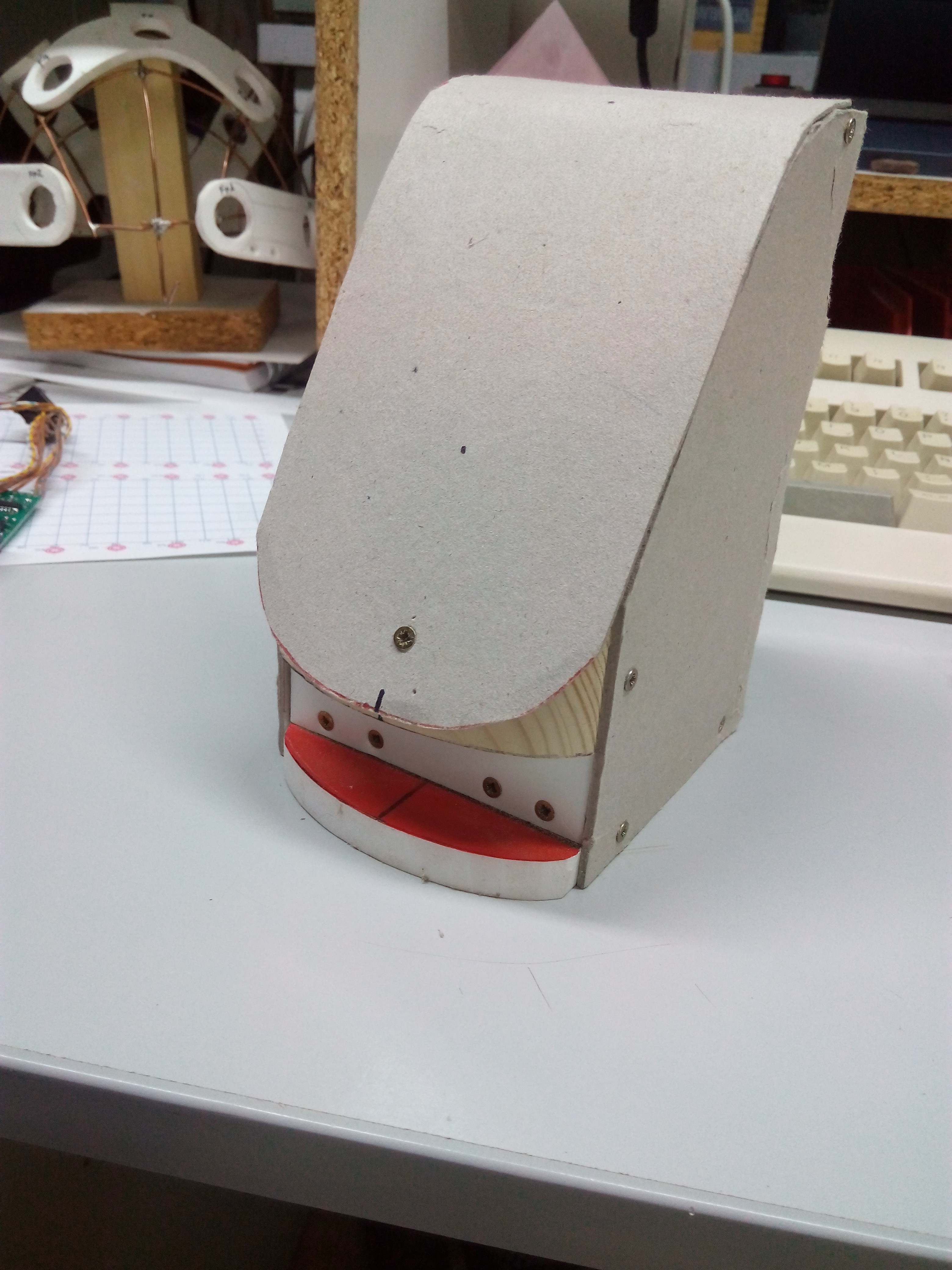
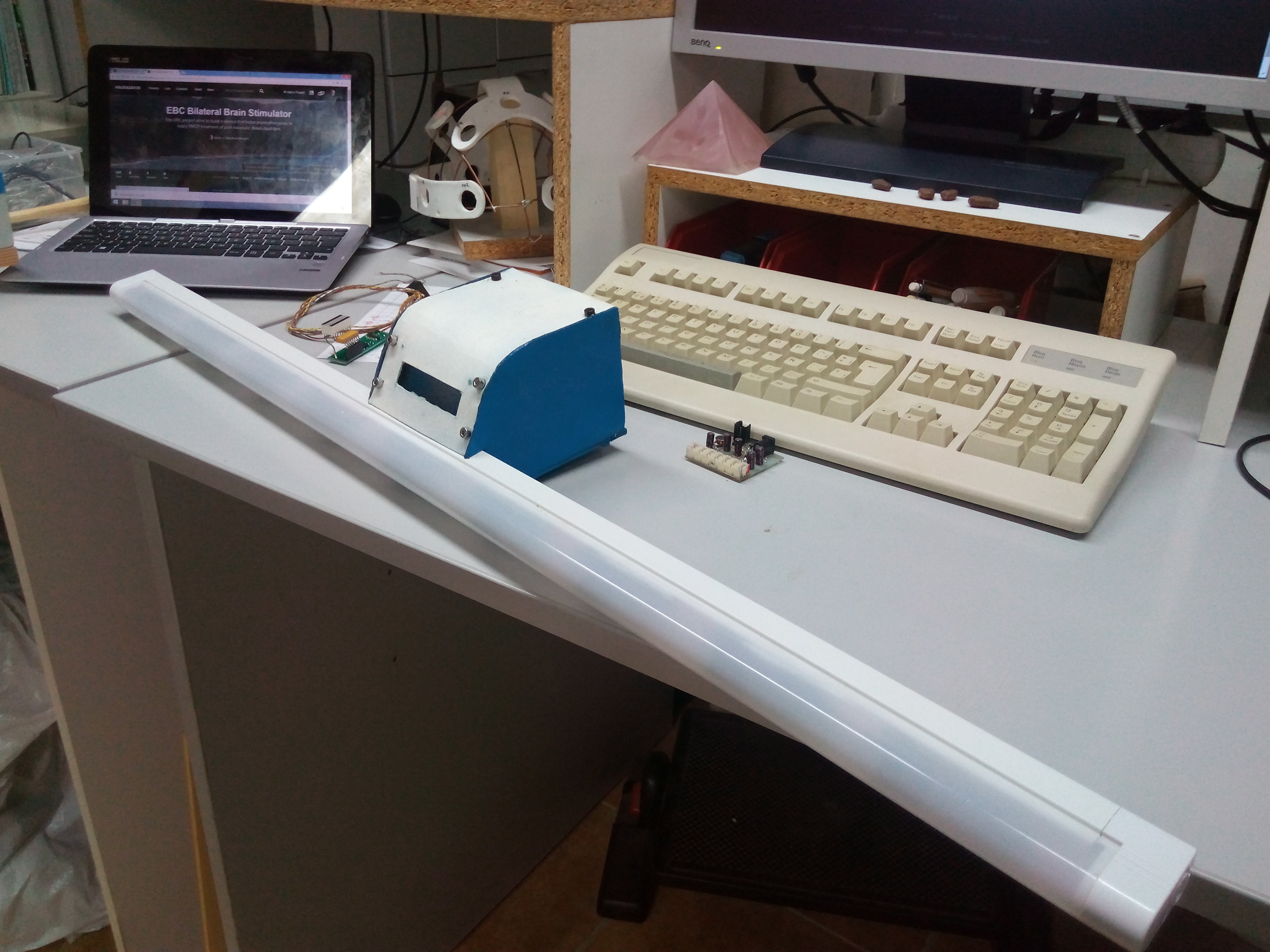
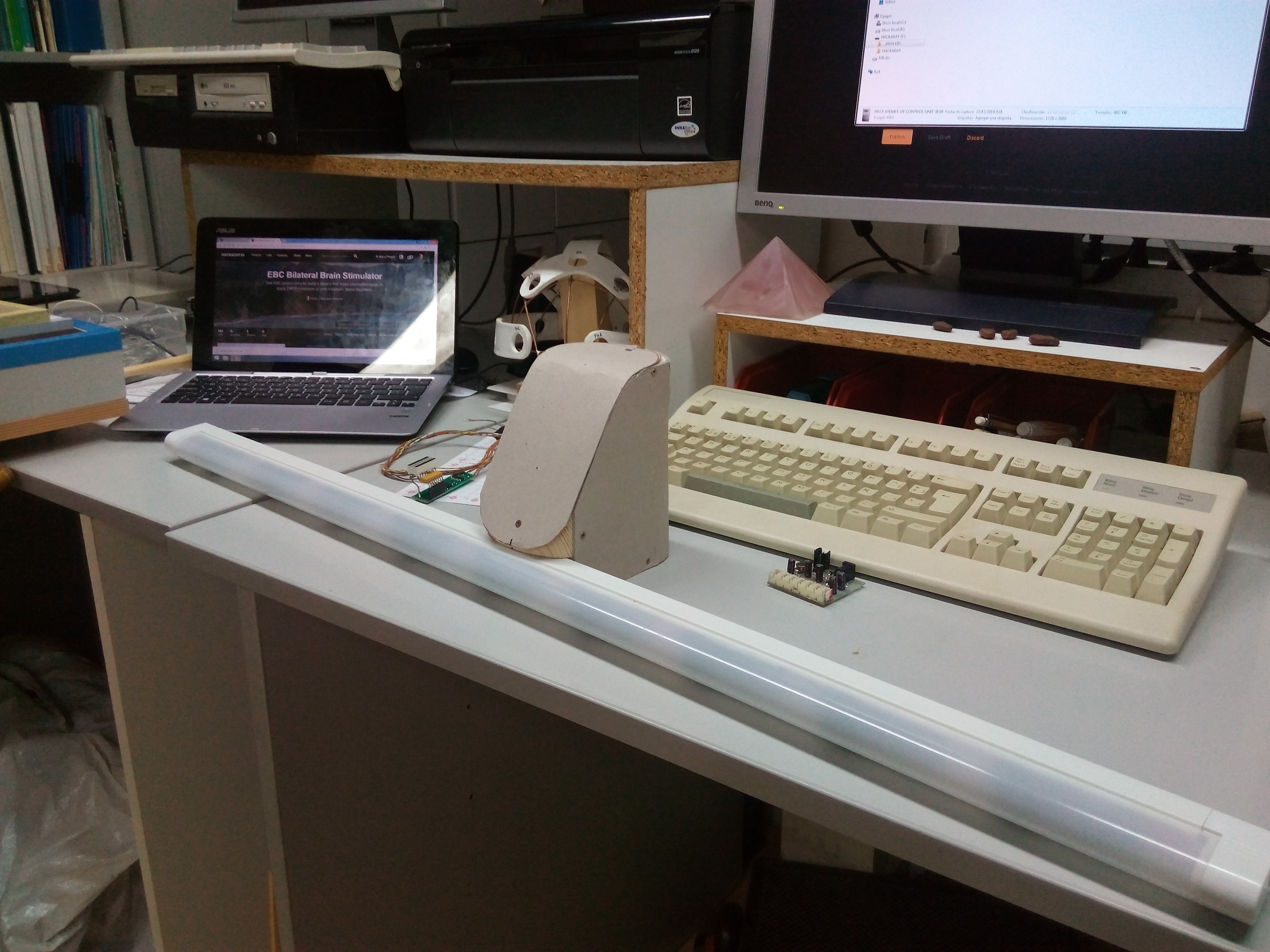
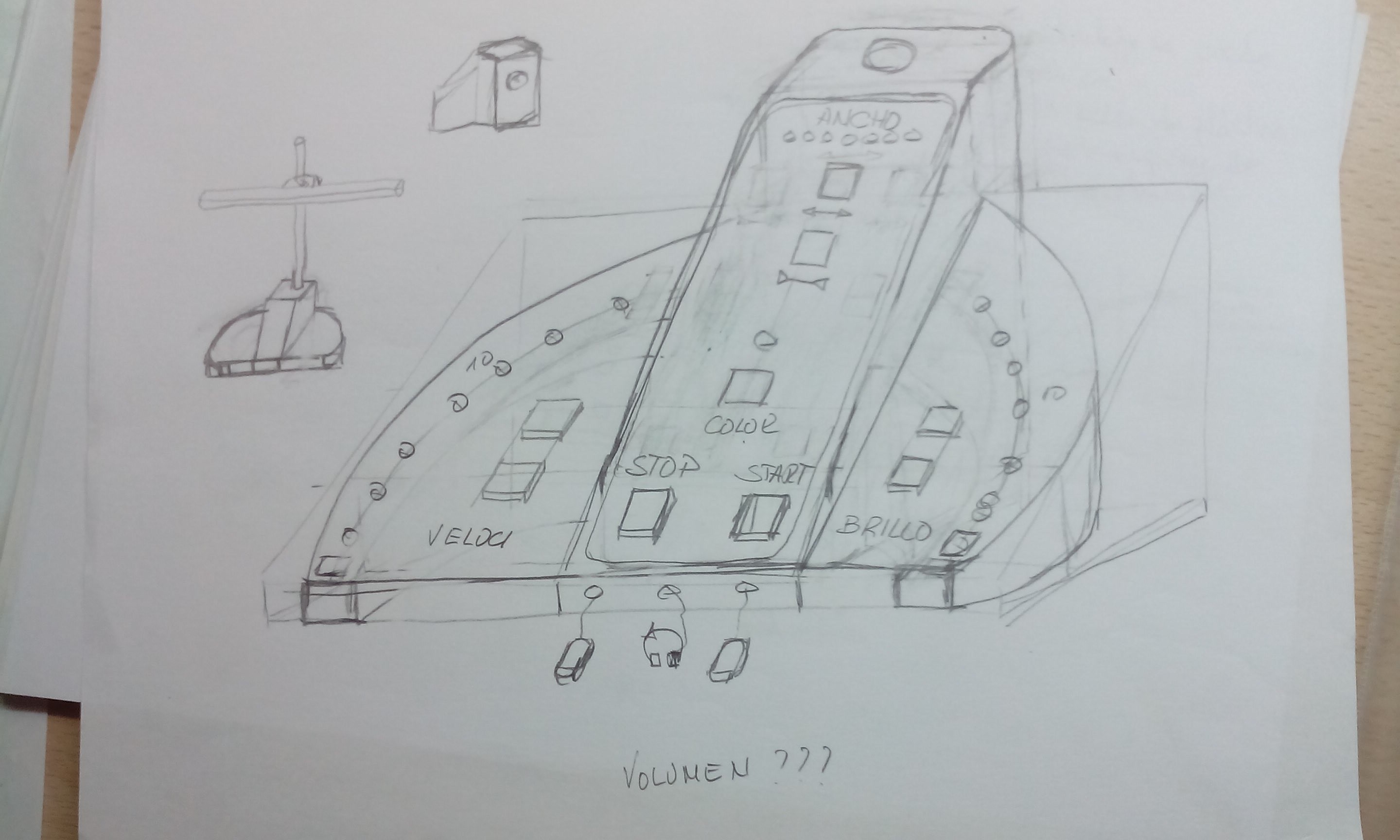
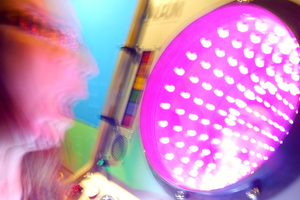
 Alan
Alan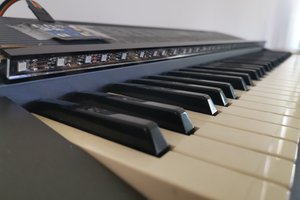
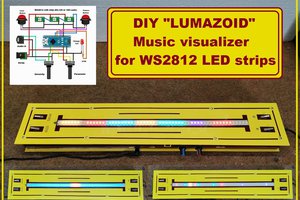
 mircemk
mircemk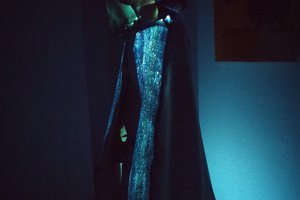
 MDreamer
MDreamer